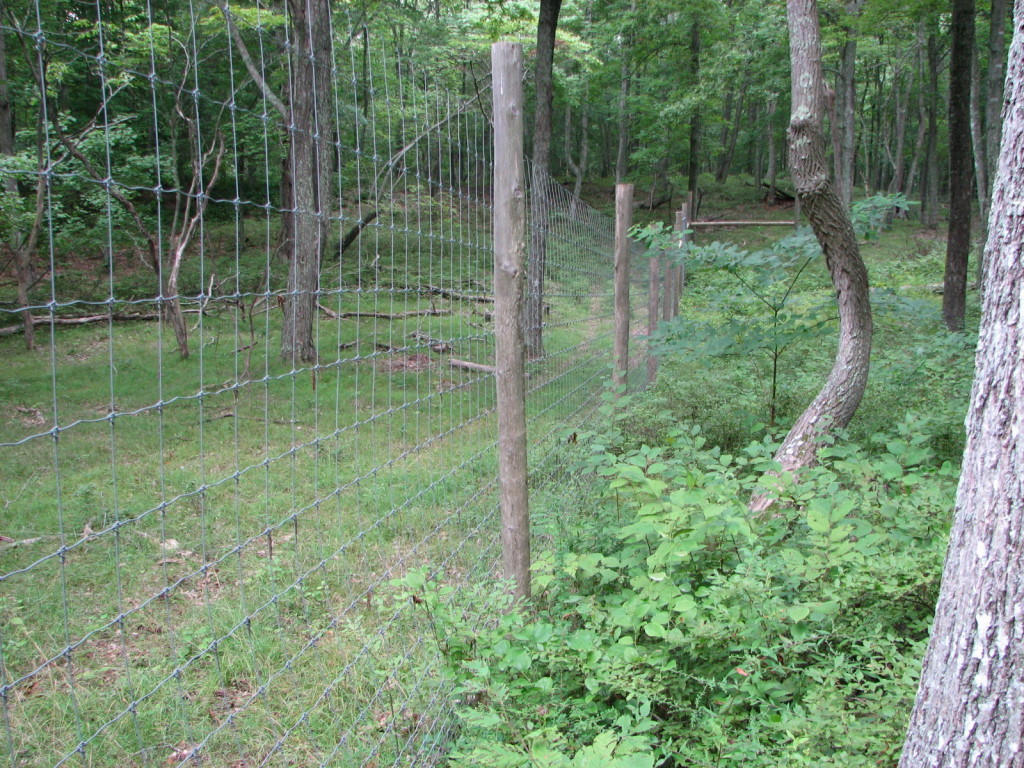What Is the Goal of Conservation?
No one knows exactly what we are trying to conserve.
The mission of a conservation project is often phrased something like this:
“We want to restore this forest to how it once was, before people arrived.”
Or, as the 1964 Wilderness Act put it:
“an area where the earth and its community of life are untrammeled by man, where man himself is a visitor who does not remain.”
It sounds so simple, yet it’s exceedingly difficult to agree on what “undisturbed” is.
To start: when we say “before people arrived”, it inevitably becomes clear that we don’t really mean before people arrived. There are few people seriously arguing for recreating the North America of 12,000 years ago, before ancient Native Americans caused the extinction of prehistoric megafauna. 1 Rather it’s meant more vaguely, as “before things changed.”
But things have been changing for a long, long time. Do we go back 10 years? 50 years? 200? Do we want to revert the landscape to the way it was before roads and highways? Before mechanized agriculture? Before the introduction of invasive species? Before the climate effects of the industrial revolution? Before the arrival of Columbus? What era do we pick, and why?
The public has a well-known NIMBY response to the reintroduction of wolves and mountain lions. But neither would they welcome the loss of wild irises (introduced to north America 200 years ago), blackberries (100 years), honeysuckle (200 years), pheasants (250 years), and house sparrows (150 years). We have grown up with these features of the wilderness for generations – they feel natural to us, and it would feel unnatural if they were gone. They’ve integrated into the habitat and our culture. Imagine New York and other cities without pigeons (400 years).
Beyond invasive species, almost every aspect of the beloved forests of the eastern United States is “unnatural” in some sense. Much of the east-coast forests have regrown over what was once farmland. It’s easy to walk through because the ground is flat from plowing and the stones have been removed. It’s pleasantly open because all the foliage below “deer height” has been overgrazed ⭳ by deer populations. Their population is currently unchecked because of the removal of the mountain lions and wolves, which in turn allows families to enjoy the wilderness more safely.

Two kinds of natural: a deer exclosure at Mashomack, Long Island, shows how the presence of deer on the left side of the fence suppresses the growth of underbrush.
From an environmental health perspective, deer are arguably a bigger threat to many east-coast ecosystems than climate change. Yet reducing deer populations (killing them) is unpopular and opposed by many environmental groups: Animal lovers, hunters2, and noninterventionists.
Almost inevitably, putting things back “the way they were” means actively changing things from how they are now. This requires a willingness to take an active hand in managing the ecosystem with a goal in mind. But all too often we have no clear idea as to the end goal. Worse yet, our goals are often at odds with each other, and we are often beset by a bureaucratic unwillingness to take any deliberate action. To move forward we must first decide: Why are we conserving?
I want Ecology Interventions to be a good place to cooperatively re-examine the purposes conservation is serving. There is never going to be a perfect solution for every environmental perspective, but we can strike a balance that appropriately serves all needs. I want any ecological solutions I design to be comprehensive. Many stakeholders and many environmental values need to be taken into account, including biodiversity, evolutionary history, cultural heritage, aesthetic beauty, coexistence, natural resources, ecosystem services, and more. I think re-examining environmnetalism’s motivations is necessary and will make our conservation goals stronger.
I am going to need a lot of help on this project. I want to represent these values well. I’m just getting started, and a good place to begin is with conversations. Please reach out so I can hear from many voices.
- Although, hey, maybe we should? Do we pursue a world in which animals have forgotten their fear of humans, or is fear more natural? [return]
- Hunters enjoy hunting deer, of course, but they also enjoy a policy of artificially high deer populations that thereby make deer artificially plentiful and easy-to-find. [return]